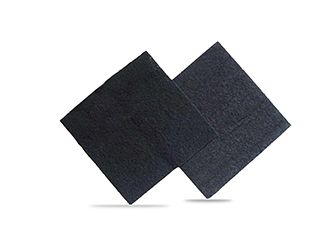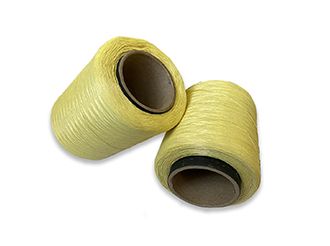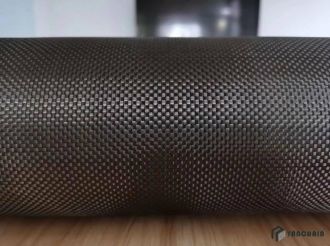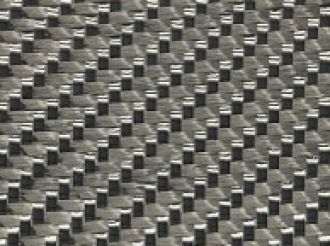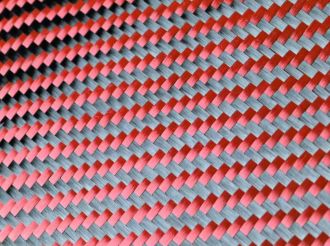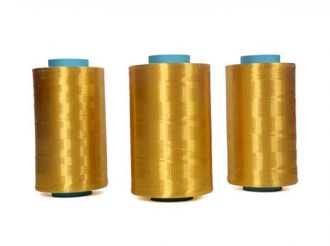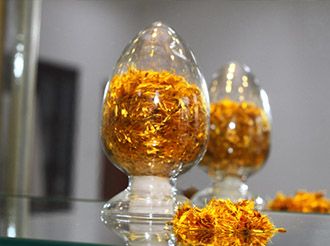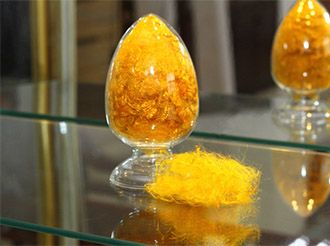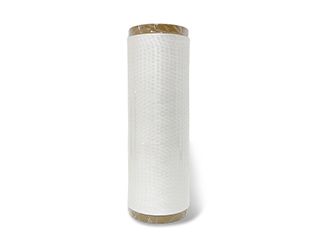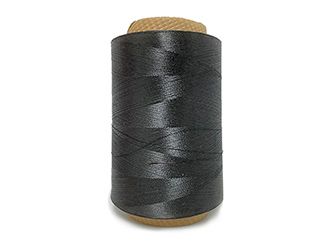Application of glass fiber
- 2022-10-28
1. Application of glass fiber in the field of electrical insulation
Electrical insulating materials can be divided into 8 categories according to JB/T2197-1996 electrical insulating material product classification, and there are 6 categories related to glass fiber, which is enough to explain the wide application of glass fiber in this field. 6 types of materials include
-
Insulation impregnated products: made of glass fiber cloth, sleeves, non-woven binding tapes, etc., which are impregnated or coated with insulating paint, used for wrapping insulation, interphase insulation, insulation protection and lining of motors and electrical appliances.
-
Glass fiber reinforced plastic laminates: materials made of alkali-free glass fibers as reinforcing materials and phenolic, epoxy resin and other thermosetting resins as base materials, used in motor transformers, electrical instruments, electronic equipment, etc., Among them, the copper-clad laminate for printed circuit boards is one of them.
-
Glass fiber molding compound: such as BMC (bulk molding compound), DMC (bulk molding compound), CMC (sheet molding compound), etc., used as insulating spacers, lifting rods, etc. in high-voltage switches, in the air It is used in the casings of switches and household appliances, as well as in various flame retardant support insulations.
-
Mica products: mica tapes, mica plates, mica foils, etc. are used as insulating devices for motors or high-voltage motors.
-
Insulation adhesive tape and composite products: used for insulation binding.
Electromagnetic wire: used for windings and coils of winding motors, electrical appliances, electrical instruments, as well as winding materials for large motors and turbine generators.
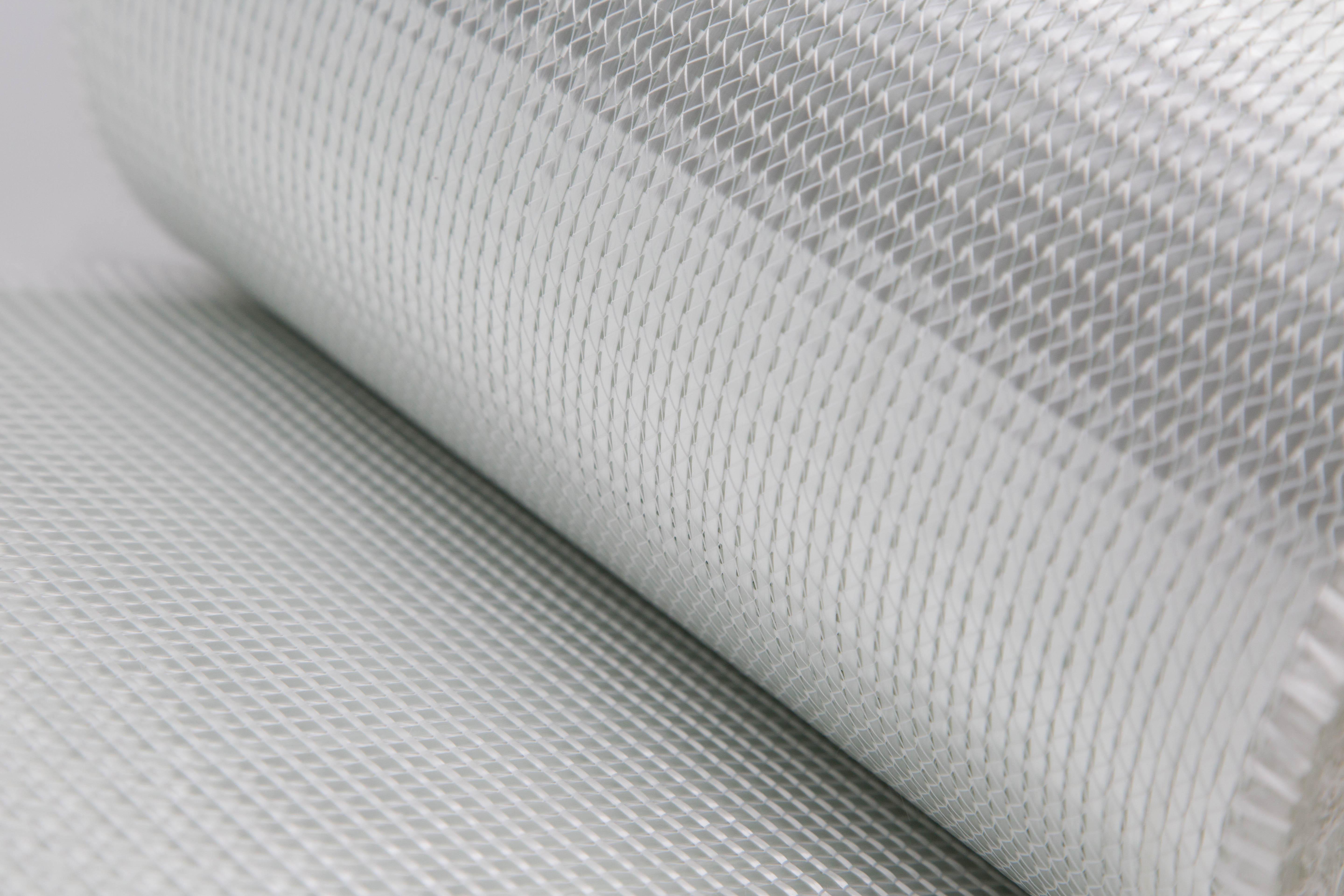
2. Application of glass fiber in the environmental field
The ecological environment is an ecological factor necessary for human survival and development. The Chinese government has clearly pointed out that protecting the environment is the basis for my country's long-term adherence. Due to its excellent properties, glass fiber has a wide range of applications in environmental fields such as atmosphere, water, biology, and soil.
Glass fiber filter materials have made considerable contributions in improving exhaust gas composition and reducing dust emissions. The low boron glass fiber filter material developed by HollingSworth & Vose Company in the United States can solve the problems caused by suspended molecular pollution. A filter cloth made of high-silica glass fiber can be used to filter solid dust from high-temperature gas above 800 ℃, and can be directly used for smoke and dust removal of industrial kiln exhaust gas without cooling the exhaust gas first, thereby reducing the cost. The cost of waste gas treatment. In addition, a glass fiber air filter paper is composed of glass fiber and deodorant zeolite, which can be used in an air conditioning system to remove peculiar smells in the air, such as the smell of tobacco smoke, so as to achieve the purpose of purifying the air.
Glass fiber also has good application in water environment and soil environment. The wear-resistant fabric woven from phenolic-coated glass fiber developed by the University of Illinois can effectively and conveniently replace the commonly used activated carbon particles to absorb environmental pollutants. OC's Battice plant in Belgium has used Advantex glass fiber technology to achieve technological upgrades in wastewater treatment and recycling, reducing water consumption by more than 50% and reducing pollutant content in wastewater by about 80%.
The combination of glass fiber and organic fiber material can be used to waterproof soil erosion. A German company has developed a method of using glass fiber and synthetic fiber as soil reinforcement material, which can improve the strength of soil. In addition, soil reinforced with glass fibers and synthetic fibers can be used to make landfills for solid waste.
3. Application of glass fiber in biomedical field
Due to the excellent properties of glass fibers, glass fiber fabrics have the characteristics of high strength, non-hygroscopicity, and dimensional stability, so they can be used as orthopedic and restorative materials, dental materials, medical equipment, etc. in the biomedical field. Compared with traditional cotton plaster bandages, orthopedic bandages made of glass fiber fabrics and various resins overcome the shortcomings of previous plaster bandages such as low strength, moisture absorption, and unstable size. The composite material composed of water-soluble phosphate glass fiber and a biodegradable polymer invented by British H.D.Michael et al. can be used for the repair of damaged tissue in patients.
A kind of glass fiber produced by biocompatible glass CPSA, which is researched by Hokkaido University and Chiba Institute of Technology in Japan, is very plastic. It is processed into spherical and bundle-like structures with different geometric shapes, combined with osteogenic protein (BMP) and combined with Implanted in animals, so that osteogenic induction factors can be studied to formulate bone tissue engineering strategies. Through the researchers' multiple physical tests, it is confirmed that the CPSA (CaO-P2O5-SiO2-Al2O3) composite material has ideal biocompatibility, and the CPSA glass fiber has been put into clinical application in dentistry.
Practice has proved that the glass fiber membrane filter has a strong adsorption capacity and capture capacity for leukocytes, has a high leukocyte removal rate, and has excellent operational stability. In addition, glass fiber has been used as a filter for respirator for many years. This filter material has little resistance to air and high bacterial filtration efficiency.
4. Application of glass fiber in the field of building materials
As we all know, the outstanding features of cement-based building materials are high compressive strength and low flexural strength, tensile strength and impact strength. With the in-depth research and development of glass fiber, the advent of alkali-resistant glass fiber has produced A new type of glass fiber reinforced cement material that overcomes the defects of cement matrix, this material can not only improve the flexural and tensile strength of cement matrix, but also improve its impact strength.
FRP is a composite material with thermosetting or thermoplastic resin as binder and glass fiber yarn or glass cloth as filler. It combines the advantages of these two materials, has the main characteristics of light weight and high strength, and has good heat resistance, corrosion resistance and electrical insulation. The application of FRP in the field of construction includes lighting, sanitation, decoration, water supply and drainage, heating and ventilation, civil engineering, electrical, tooling and so on.
Glass fiber tire is another kind of material used by glass fiber in the field of construction. It is a glass fiber product formed by wet molding of chopped glass fiber, then impregnated with polymer binder, and dried and cured at high temperature. It has good waterproof performance. And anti-aging and anti-mildew properties, dimensionally stable and has good processing performance. At the same time, hot-melt or cold-bond method can be used during construction, so the construction will not be affected by the climate throughout the year.
5. Application of glass fiber in aerospace field
The aerospace field brings together the most advanced scientific and technological achievements in the world today, and is also a concentrated display of the scientific and technological level of new materials. With the vigorous development of my country in this field, high-performance glass fiber composite materials have become an indispensable material in the aerospace industry. Together with the three major metal materials of aluminum alloy, steel and titanium alloy, they have become the backbone of the aerospace industry. cornerstone.
In aviation, both civil airliners and military aircraft use glass fiber composite materials. Such as inside and outside ailerons, rudders and spoilers are used. Fiber-reinforced plastics effectively reduce aircraft mass, increase commercial loads and save energy. Fiber-reinforced engineering plastics are used in the roof, luggage, various instrument panels, air-conditioning cabins, and covers in the cabin, achieving the effect of being light, beautiful and durable.
In the aerospace field, the application of high-performance glass fiber composite materials as the main load-bearing structural material in launch vehicles and spacecraft is becoming more and more common. The fiber/epoxy composite solid engine casing manufactured by the filament winding process is a milestone in the development history of modern composite materials. It has the properties of corrosion resistance, high temperature resistance, radiation resistance, flame retardant and aging resistance. The heat-proof material on the spacecraft uses a lot of fiber and high-silica reinforced phenolic resin.
In addition, the researchers carried out chemical treatment on the surface of the glass fiber, which effectively improved the brittleness of the glass fiber, thus producing an ultra-fine glass fiber fabric, which is 7 times softer than cashmere and 14 times softer than the real cool cloth. in the production of space suits. In short, the material of glass fiber has been successfully applied from my country's Shenzhou 2 to the manned flight of Shenzhou 7.
